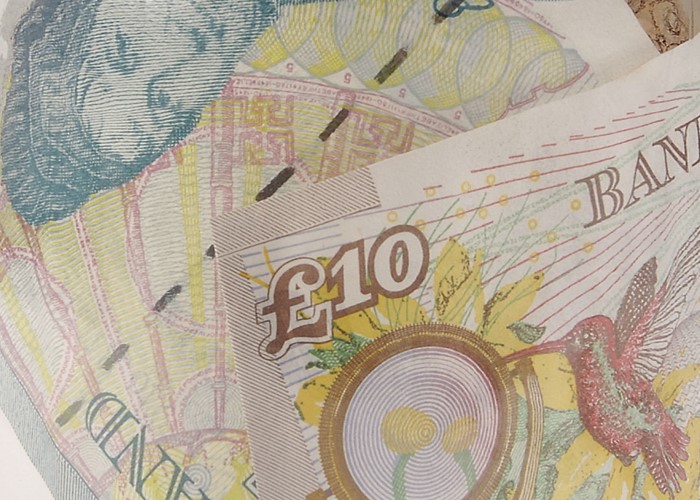
If you want to make more tax-free interest, then switch your savings to one of these top-paying accounts.
Everyone needs a cash cushion to fall back on when times get hard. Where you keep yours is entirely up to you -- although I'd recommend opening a high-interest savings account, rather than stuffing your mattress with notes. (What happens if your mattress goes up in flames?)
What's more, if you're going to keep money on deposit with a bank, building society or other authorised deposit-taker, it's in your interest to maximise your savings interest. With the Bank of England's base rate presently at 5.25% a year, Best Buy no-notice savings accounts are paying 5.4%+ a year before tax.
However, if you're a basic-rate taxpayer, you lose a fifth (20%) of your savings interest to HM Revenue & Customs, or 40% if you're a higher-rate taxpayer. Hence, it makes sense to take steps to avoid paying tax on your savings interest. Happily, there is an easy way to do this: pop your savings inside a tax shelter known as a cash mini-ISA.
With a cash mini-ISA, anyone aged sixteen or over can deposit up to £3,000 per tax year and earn tax-free interest. As cash ISAs have been around since the 1999/2000 tax year, an individual could have piled up eight years of ISA contributions to date, which amounts to a tidy £24,000 plus accrued tax-free interest. Hence, it's quite possible for a couple to have over £50,000 tucked away in these tax shelters, free from the prying eyes and greedy mitts of the taxman!
Of course, there's no requirement for you to put 'new' money into cash ISAs. For example, my parents have got into the habit of transferring money every year from their (taxed) savings account into a pair of new Best Buy ISAs. This helps them to build up a tax-free income which they can rely on to supplement their pensions when they retire.
Now for the final question: what to do with existing cash ISAs that no longer pay competitive rates of interest? The simple answer is to transfer them to another ISA provider which pays a table-topping rate. Note that you cannot simply close your ISAs, withdraw the money, and open new accounts. The savings providers must organise transfers between them, or you lose your previous years' ISA allowances, so beware!
My problem at the moment is that my wife has built up a tidy sum in cash mini-ISAs, but the rate of interest she's earning has fallen behind of late, leaving it in First Division, rather than Premiership, territory. However, not all ISA providers will accept transfers, so I turned to the Best Buy tables at Moneyfacts (which powers the Fool's savings search engine) to help me out.
If my other half is prepared to wait thirty days to gain access to her ISA pot, then the best ongoing rate (ignoring short-term introductory bonuses) of 5.50% AER is paid by the Skipton BS 30-day cash ISA. However, this is a branch-based account, and the nearest Skipton BS branch is in a busy town a few miles away, so I'm not keen on this particular account. Hence, I've settled on the Kent Reliance BS cash ISA, which pays 5.46% AER on £1+ and has no notice period, plus no transfer penalties if this money moves somewhere else later on.
In addition, I need to find a new home for my wife's TESSA-only ISA, or TOISA. TESSAs, the forerunner of ISAs, were abolished in 1999, but there are billions of pounds still held in TOISAs, into which the capital from maturing TESSAs could be placed. The good news is that the Kent Reliance BS also tops the TOISA table, so a tidy sum will be winging its way very soon...
Finally, before you rush off to switch savings accounts, check to see if it's worth your while doing so. Earning an extra 0.5% a year amounts to a mere fiver a year on £1,000, so spending hours organising this transfer may not be a good use of your time. Then again, I reckon that my advice will make my wife an extra £200 a year, so it's worth acting on. Over to you, Mrs D!
> Use the Fool to find superior savings accounts today!
> 133 Savings Accounts To Avoid!